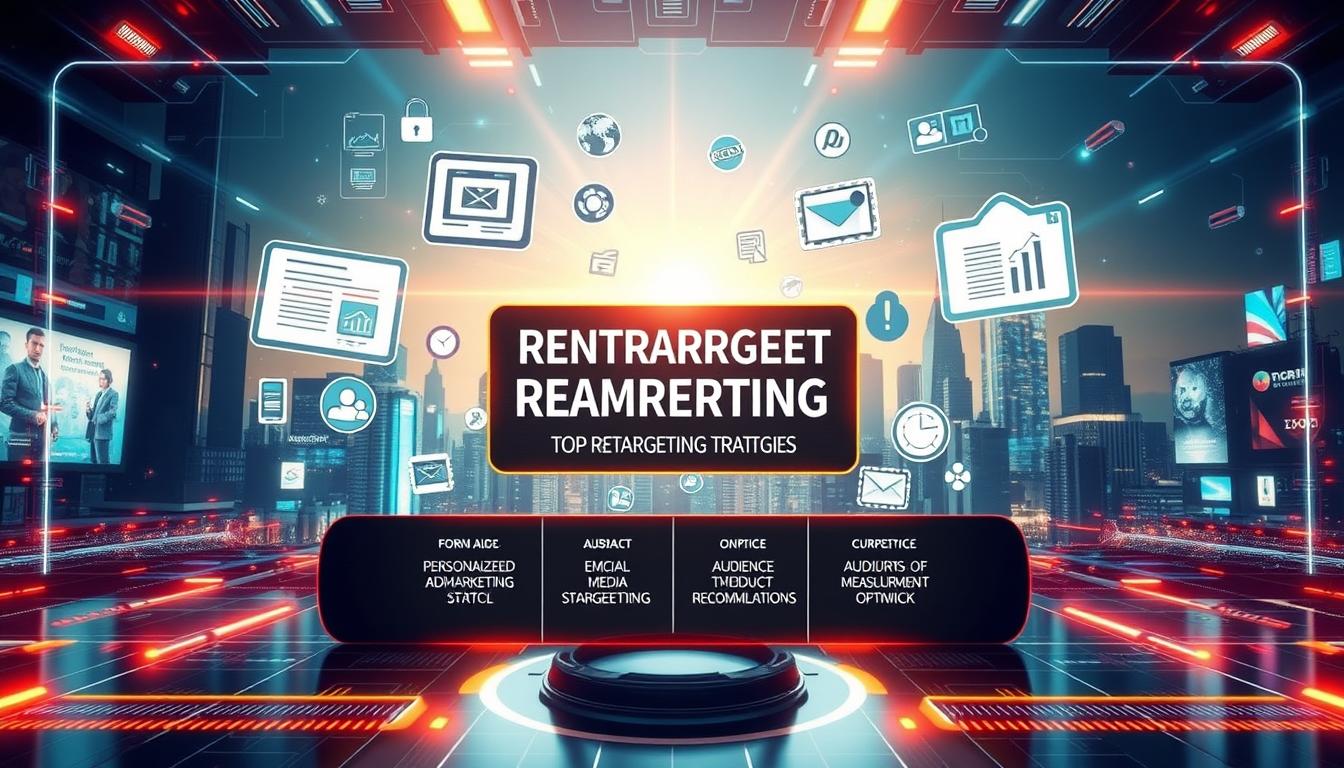|
|
In today’s digital marketing landscape, getting a potential customer to visit your website is only half the battle. The real challenge lies in bringing them back and converting them into paying customers. Studies show that 98% of visitors leave a website without taking action, making retargeting an essential strategy for businesses looking to maximize conversions and return on investment (ROI).
Retargeting, also known as remarketing, allows brands to re-engage users who have previously interacted with their website, ads, or content. By displaying personalized ads across Google Display Network, Facebook, Instagram, LinkedIn, and other platforms, businesses can stay top-of-mind and encourage visitors to complete the desired action—whether that’s making a purchase, signing up for a newsletter, or requesting a demo.
However, not all retargeting campaigns are effective. Many businesses struggle with ad fatigue, low engagement, and high costs because they fail to implement strategic segmentation, dynamic content, and AI-driven optimization techniques. With expert insights from WiFi Digital, this guide explores the most effective retargeting campaign strategies that will help businesses re-engage lost visitors, boost conversions, and optimize ad spend.
Segmenting Audiences for Highly Targeted Retargeting Campaigns
One of the most critical aspects of a successful retargeting strategy is audience segmentation. Instead of showing the same generic ad to all past visitors, businesses should group users based on their behavior, intent, and engagement level.
A highly effective approach is to create different audience segments based on specific actions taken on the website. Visitors who viewed a product page but didn’t add it to their cart should be treated differently than those who abandoned their cart at checkout. By tailoring ads to these different segments, businesses can deliver more relevant messaging, increasing the likelihood of conversions.
For example, an e-commerce store can set up distinct retargeting lists for:
- Product Viewers: Users who visited a product page but didn’t add to cart.
- Cart Abandoners: Users who added products to their cart but didn’t complete the purchase.
- Past Customers: Shoppers who have made a purchase and can be retargeted with upsell or loyalty offers.
- High-Engagement Visitors: Users who spent significant time on the site but didn’t convert.
- Blog Readers & Content Consumers: Visitors who engaged with blog posts or videos but haven’t explored products or services.
By segmenting audiences based on behavior, businesses can increase ad relevance and engagement, leading to higher conversion rates while avoiding unnecessary ad spend on users who may not be interested.
Leveraging Dynamic Retargeting for Personalized Ads
While standard retargeting displays generic ads, dynamic retargeting takes it a step further by personalizing ad content based on users’ past interactions. Dynamic retargeting ads automatically show products or services that a visitor previously viewed, making them far more compelling than static ads.
Google Display Network and Facebook’s Dynamic Ads allow businesses to showcase specific products from their catalog, reminding visitors of what they left behind. If a user browsed a pair of running shoes but didn’t complete the purchase, dynamic retargeting ensures they see ads featuring that exact product, along with pricing, reviews, and a call-to-action (CTA).
For service-based businesses, dynamic retargeting can highlight recently viewed plans, demo videos, or pricing packages, making the ad experience highly personalized.
Personalization is key to improving ad performance and reducing ad fatigue. Instead of bombarding users with irrelevant ads, dynamic retargeting ensures that each ad is tailored to the individual’s interests, increasing engagement and conversion potential.
Optimizing Ad Frequency and Placement to Avoid Ad Fatigue
One of the most common mistakes in retargeting campaigns is overloading users with too many ads, leading to ad fatigue and brand annoyance. While retargeting is effective, seeing the same ad repeatedly can drive potential customers away rather than bringing them back.
To prevent overexposure, businesses must optimize ad frequency and placement. Setting frequency caps on Google Ads, Facebook, and LinkedIn ensures that users don’t see the same ad too many times in a short period. A good rule of thumb is to limit retargeting ads to 5-7 impressions per user per week, allowing sufficient exposure without becoming intrusive.
In addition to frequency control, diversifying ad formats and placements keeps retargeting campaigns fresh and engaging. Instead of relying solely on static display ads, businesses should experiment with:
- Video Retargeting Ads: Short videos highlighting key features, testimonials, or product demos.
- Carousel Ads: Display multiple products or benefits in one ad unit, providing users with more options.
- Story Ads on Instagram and Facebook: Engaging full-screen retargeting experiences.
- Native Ads: Blending retargeting ads seamlessly into content feeds on platforms like LinkedIn and Outbrain.
By rotating ad creatives and adjusting frequency, businesses can ensure their retargeting campaigns remain engaging without overwhelming potential customers.
Using AI and Automation to Enhance Retargeting Campaign Performance
Artificial intelligence (AI) and machine learning have transformed retargeting campaign management, allowing businesses to make real-time adjustments, optimize budgets, and predict user behavior. AI-driven retargeting strategies analyze past engagement patterns, time-to-conversion trends, and user intent signals to determine the best time and platform to serve ads.
For example, Google’s Smart Bidding and Facebook’s AI-powered retargeting tools optimize bid strategies based on predicted conversion likelihood. Rather than manually adjusting bids, AI-based bidding automatically increases investment in high-value users while reducing spend on low-intent audiences.
Another powerful AI-driven strategy is predictive audience segmentation, where platforms analyze data to identify potential converters even before they revisit the site. By using machine learning to determine which visitors are most likely to convert, businesses can focus their retargeting budget on the highest-value prospects.
AI also enhances creative optimization, automatically testing different ad variations, headlines, and CTAs to determine which combinations drive the best results. By leveraging AI-driven automation, businesses can maximize retargeting efficiency, improve ROAS, and reduce wasted spend.
Implementing Cross-Channel Retargeting for Maximum Reach
Retargeting campaigns should not be limited to a single platform. Consumers interact with brands across multiple touchpoints, meaning businesses must implement a cross-channel retargeting strategy to maintain consistent engagement.
A highly effective approach is to retarget users across search, social media, display networks, and email marketing. If a visitor lands on a website from a Google Search Ad but does not convert, retargeting them with Facebook or Instagram ads ensures that the brand stays in their consideration set. Similarly, if a user engages with a video ad on YouTube, following up with LinkedIn or display ads reinforces brand awareness.
Email retargeting is another powerful tool, allowing businesses to send personalized email sequences to users who abandoned their shopping cart or browsed specific products. Pairing email automation with ad retargeting creates a multi-touch engagement strategy, increasing the likelihood of conversion.
By maintaining a consistent presence across multiple channels, businesses can increase brand recall and encourage users to take action, regardless of where they engage online.
Retargeting is a powerful tool that allows businesses to re-engage lost visitors, nurture potential customers, and drive higher conversions. However, success requires more than just showing ads to past visitors—it demands strategic audience segmentation, personalized ad creatives, frequency optimization, AI-driven insights, and cross-channel execution.
By refining targeting approaches, leveraging dynamic content, testing different ad formats, and integrating automation, businesses can increase engagement while reducing ad fatigue. In today’s competitive digital landscape, retargeting is not just a marketing tactic—it’s an essential strategy for sustained growth and customer retention.
With expert guidance from WiFi Digital, businesses can implement high-performance retargeting campaigns that maximize results while minimizing wasted spend. Now is the time to optimize your retargeting strategy and turn lost visitors into loyal customers.
WiFi Digital: Connecting Businesses to the Digital Future
In today’s fast-paced world, where a strong digital presence is essential for business growth, WiFi Digital emerges as a strategic partner for small and medium-sized businesses (SMBs). Founded in 2023 and based in London, Ontario, the company has a clear mission: to provide affordable, high-quality solutions that help businesses thrive online. With an experienced and passionate team, WiFi Digital goes beyond simply creating websites and marketing strategies. Its purpose is to empower entrepreneurs, strengthen brands, and give clients more free time to focus on what truly matters – growing their business and improving their quality of life.
WiFi Digital develops websites that authentically and professionally represent your brand, optimizes systems and digital marketing strategies to enhance visibility and return on investment (ROI), and offers affordable, customized solutions, ensuring that businesses of all sizes have access to effective growth tools. With transparency, partnership, and innovation, the company provides each client with the necessary support to achieve real results.
Business digitalization is not just about numbers or metrics. It directly impacts entrepreneurs’ well-being, bringing more organization, efficiency, and freedom to focus on what truly matters. WiFi Digital understands that by investing in digital solutions, businesses gain time, reduce operational stress, and create opportunities to connect better with their customers. A well-structured online presence not only increases sales but also strengthens the public’s trust in the brand.
Beyond technical expertise, WiFi Digital’s key differentiator is its commitment to people. The company values genuine relationships, creates tailored strategies, and works side by side with clients to ensure that every solution meets their specific needs. If you’re looking to boost your brand, attract more customers, and still have more time to focus on what truly matters, now is the time to act!
💡 Transform your digital presence with experts who understand your needs.
📩 Contact us now: contact@wifidigital.ca
🌍 Learn more: www.wifidigital.ca
🚀 Your growth starts here!




